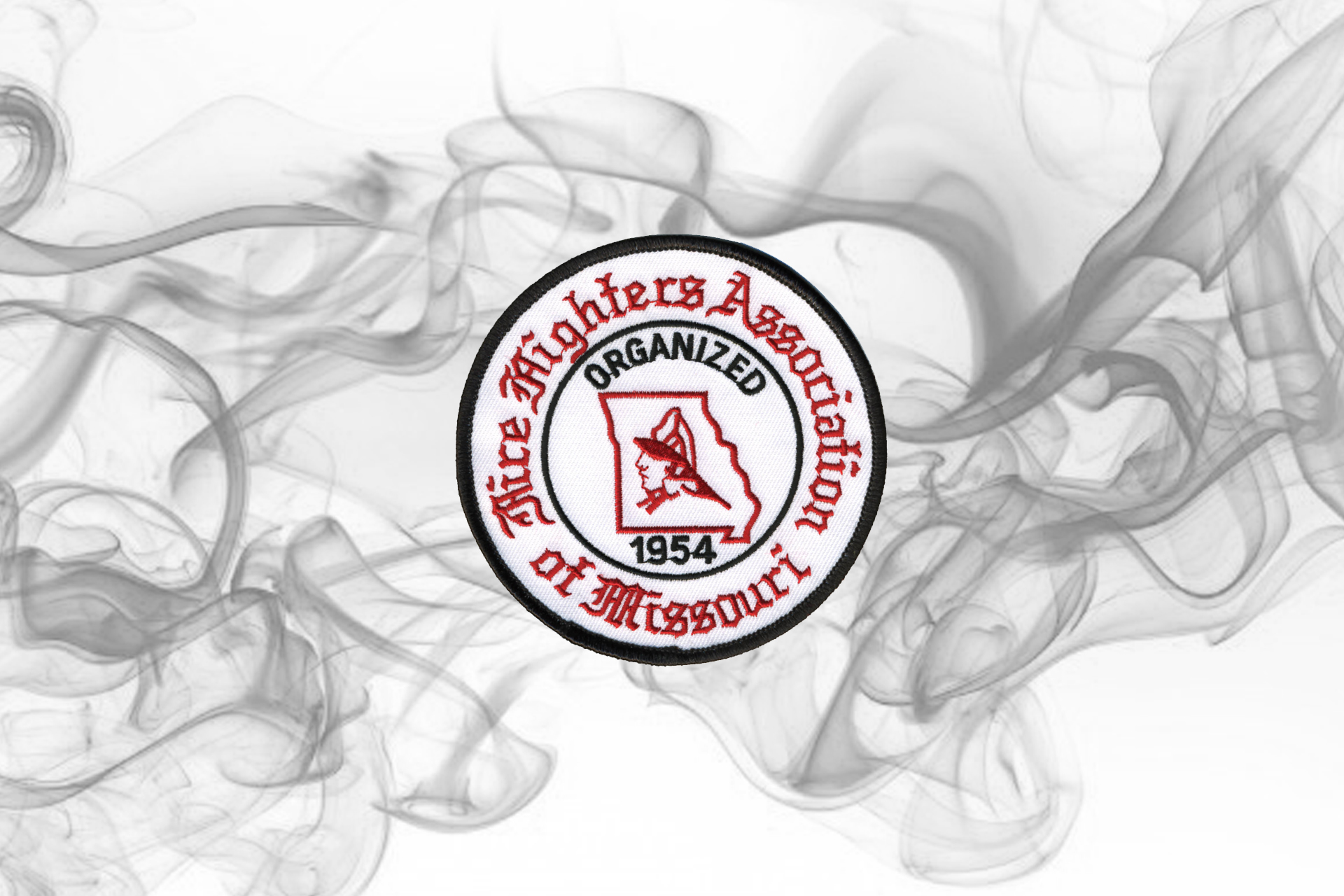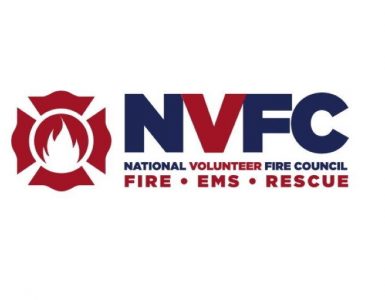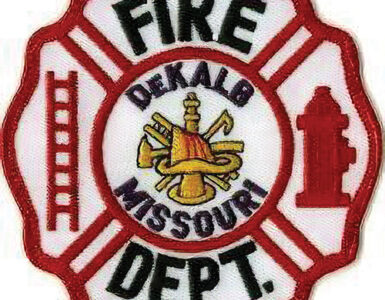Effective Leadership is Paramount
Getting to know the people you will have to work with before you have to work with them. We have been preaching that for decades in the emergency services in general (and in Emergency Management in particular), and it makes sense, doesn’t it? Be it a disaster, a “routine” emergency, or even a social event, most people are undeniably more comfortable in the group if there are at least a few familiar faces and names present. Yet I believe that we have been emphasizing this for so long that we have managed to convince ourselves that this familiarity automatically equates to increased operational efficiency and effectiveness. It does not.
Picture the following scenario… Your jurisdiction’s regularly-scheduled command echelon meeting is scheduled for 0900, and as has always been the case, all professions (Fire and Rescue, EMS, Law Enforcement, Dispatch, and EMA) have been invited. A chief officer walks through the door right at 0900 and greets those already seated around the table with, “OK, let’s get this over with. I’ve got work waiting.” She says it with a smile, sort of, and there are a few chuckles around the conference table, but there are also more than a few sideways glances and an undercurrent of, “Here we go again…” Another senior commander has not yet arrived, and there is some discussion as to whether to begin the meeting in his absence, but by about 0910 (and in an effort to “be respectful of everyone’s time”) the meeting finally begins. The group is only partway through the first agenda item when the Chief who strolled in right at 0900 says she does not feel comfortable moving forward with the item because not everyone is in attendance. A couple of glances around the table, a few shoulders shrug, an eye roll or two, and “in the interest of keeping things moving along” the first item is tabled. The group begins to address the second item but immediately becomes bogged down. This agenda item was tabled at the previous meeting; some people are up to speed on it and some are not. It’s been almost 25 minutes since the official start of the meeting and nothing has been accomplished. The frustration becomes palpable.
None of these responsible leaders are strangers. They have worked with one another for years. They have come up through the ranks together, their children attend the same schools. They wave and exchange pleasantries if they see each other out in public. None of them are incompetent. None are uncaring for their people or the public they serve. Why can’t they get anything done?
In the real world that’s a tough question, but for the purposes of this article I’d like to pose to the reader that one of those reasons has its roots in how familiar they are with each other. No one wants to offend anyone, no one wants to leave anyone out (or feel as though they themselves have been left out), and no one wants to rock the boat. “Go along to get along,” right? In our profession, if this hypothetical scenario were real, it should be seen as a disservice to the communities we serve.
Each of us in a leadership role has a responsibility to create and support a culture of collaboration and mutual respect. Similarly, our colleagues, our staffs, and the public we serve have the right to expect it from us. Failure or unwillingness to participate in meetings, not replying to emails or messages, and not returning phone calls are all bad. Not “unacceptable,” not “inadequate,” not “substandard” – bad. It creates problems operationally because the person not at the meeting or on the call must rely on second-hand, abbreviated reports of conversations in which they did not take part and decisions made without their input. Yet as important as that is, the real impact may be less immediately visible but just as powerful. I’m speaking here of the perception that one “cannot be bothered.” Eventually, your colleagues will believe that you are not interested in nor do you place any value upon their views, opinions, projects, and goals.
It’s not rocket science to say disasters and emergencies create problems, or that those events reveal problems. Yet there is a mindset that seems to think existing issues will magically mitigate themselves in the face of a real-world crisis – and nothing could be farther from the truth. Disasters and emergencies exacerbate current issues. This seems like a common-sense statement, yet there are people out there – tenured, experienced people – who seem genuinely surprised when it happens. If your organization has issues prior to a disaster: communications issues, technology issues, staffing issues, equipment issues, whatever, those will become exponentially worse under the stress of the event.
Now, add to those issues the ones no one likes to talk about, the issues that are never on a meeting agenda and cannot be rectified by a line item in a budget: Clashes of ego, personality conflicts, turf wars, political one-upmanship.
Think about a recent meeting or workshop you may have attended. Lots of handshakes and smiles, lots of “Hey, how’s it going? and “Give me a call if you need something, OK?” If a difference of opinion arises, we table the topic (again, to be respectful of everyone’s time) or suggest that it be discussed offline. Why? Is there some realistic possibility that with just a little more time (but only time – not additional effort) the problem will solve itself? If we cannot “get our act together” for scheduled meetings, why would we have any reasonable expectation of success during a crisis – when our communities are counting on us to be on top of our game?
So, what happens the next time we are faced with said crisis or complex incident? We muddle through. We manage, somehow, to “get it done” while acknowledging during and after the incident that there are things we could have done better. These are almost certainly the same things that could have been done better last time, and the time before that, but “Hey! We made it through!” Right?
Staff meetings, after-action review meetings, exercises – all are opportunities for meaningful, perhaps even uncomfortable conversations about an organization’s capabilities, for asking (and answering) tough questions, and for providing to and receiving from our professional colleagues the critical information necessary to perform our duties. They need to be a safe space for conflict – and conflict resolution. As a Chief Officer or Department Head, if we have made a commitment to perform certain functions that will help another agency accomplish its mission, we have become “mission critical.” As such, we should not resent an inquiry from that agency as to our state of readiness. Similarly, we should be able to make such an inquiry without giving offense.
This is where we fix the things that simply cannot be fixed once we’re right of “Bang!” I’m not suggesting we allow things to degenerate to the point where it becomes insulting, degrading, or disrespectful, but we must stop mistaking personal familiarity with an effective professional liaison.
We must stop “playing nice.”

































